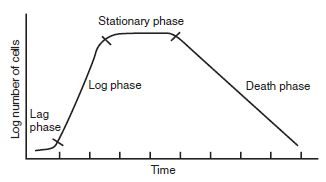
Growth of bacteria and the bacterial growth curve
In higher organisms, growth means increase in size and volume of the organism whereas in case of bacteria, growth refers to the increase in their […]

In higher organisms, growth means increase in size and volume of the organism whereas in case of bacteria, growth refers to the increase in their […]
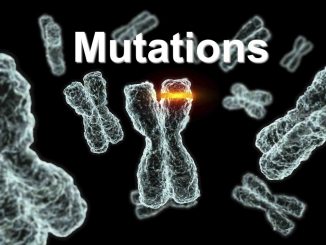
Mutation can be defined as any inheritable changes in the sequence of nitrogenous bases of DNA that brings about sudden change in the morphological characteristics […]

S.N Gram positive bacteria Gram negative bacteria 1. They retain the color of crystal violet and stain dark blue or purple. They take the color […]
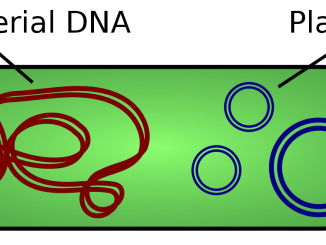
Plasmids are extra-chromosomal DNA. They are circular and double stranded DNA molecules which encode traits that are not essential for bacterial viability (normal growth and […]
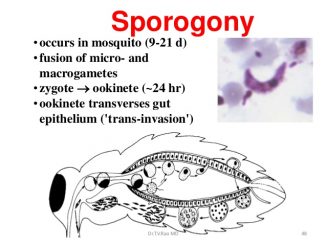
This cycle occurs inside the mosquito’s body which begins with the ingestion of gametocytes by the female Anopheles during the blood meal. The gametocytes released […]

The life cycle of Plasmodium is digenetic, i.e completed in two hosts. The primary host is man where the asexual cycle is completed called schizogony. […]
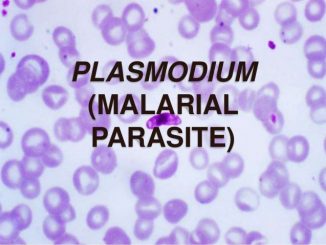
Plasmodium is an intracellular blood parasite which causes a malarial fever. Charles Laveran discovered this parasite in the RBCs of man. Ronald Ross discovered the […]
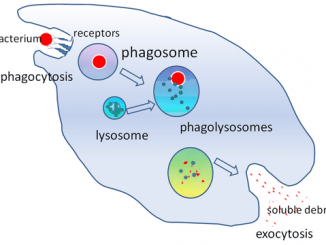
The ingestion and digestion of exogenous antigens, such as whole microorganisms and insoluble particles and endogenous matter, such as injured or dead host cells, cellular […]
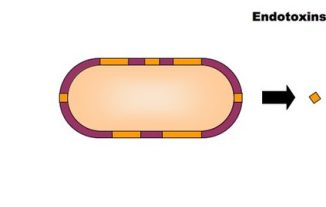
The chemical substances produced by microorganisms in order to harm the host and cause diseases in them are called toxins. The ability of a microorganism […]
Copyright © 2025 | WordPress Theme by MH Themes